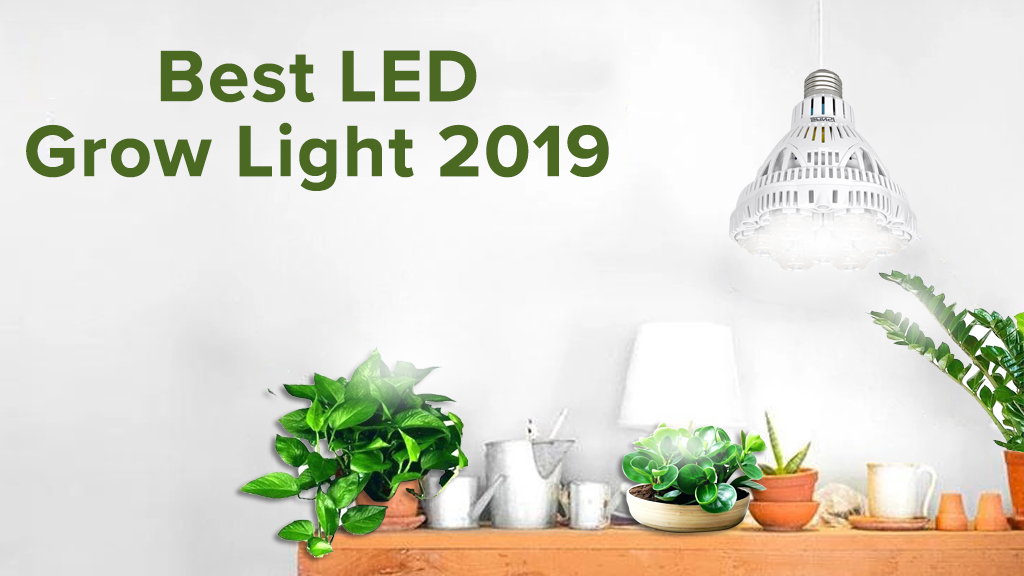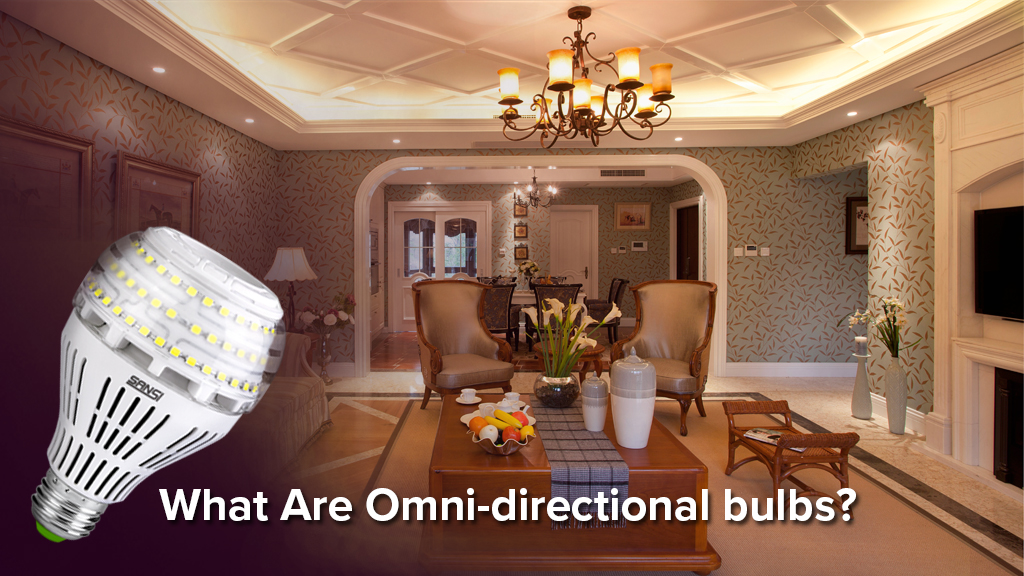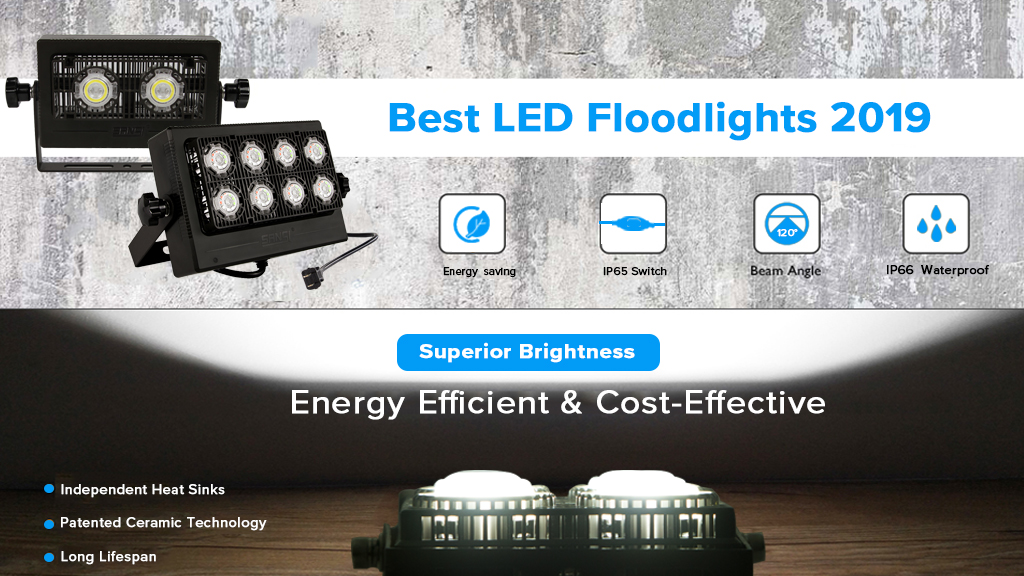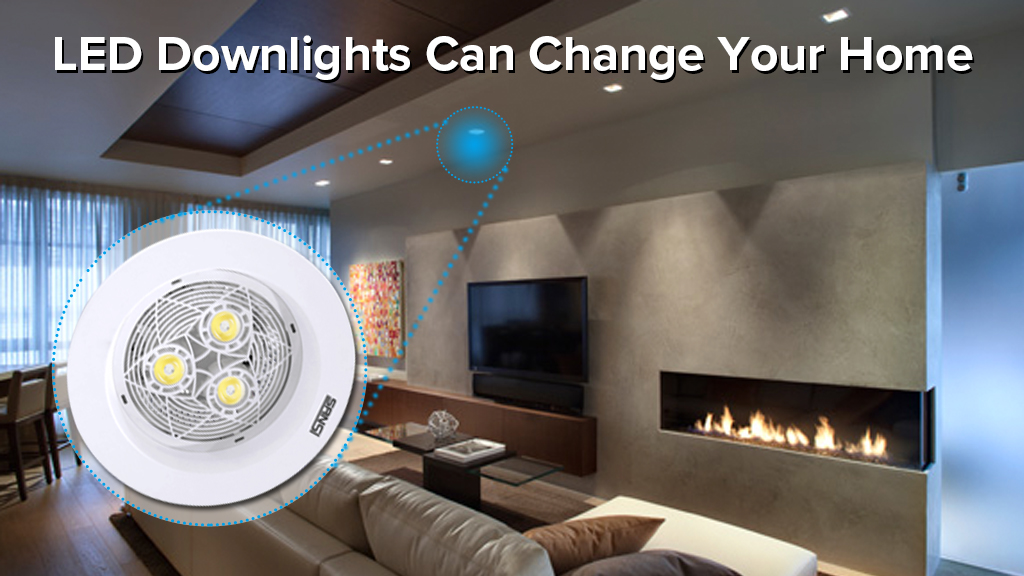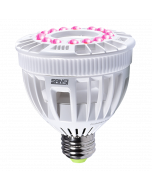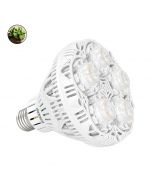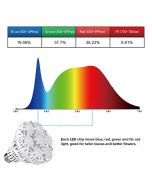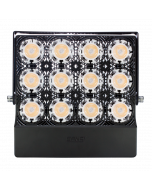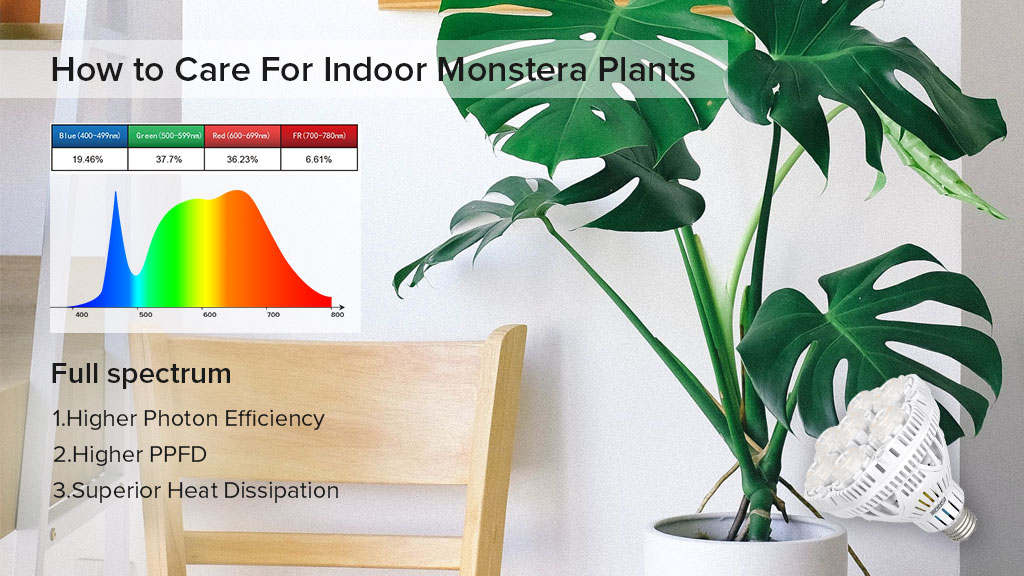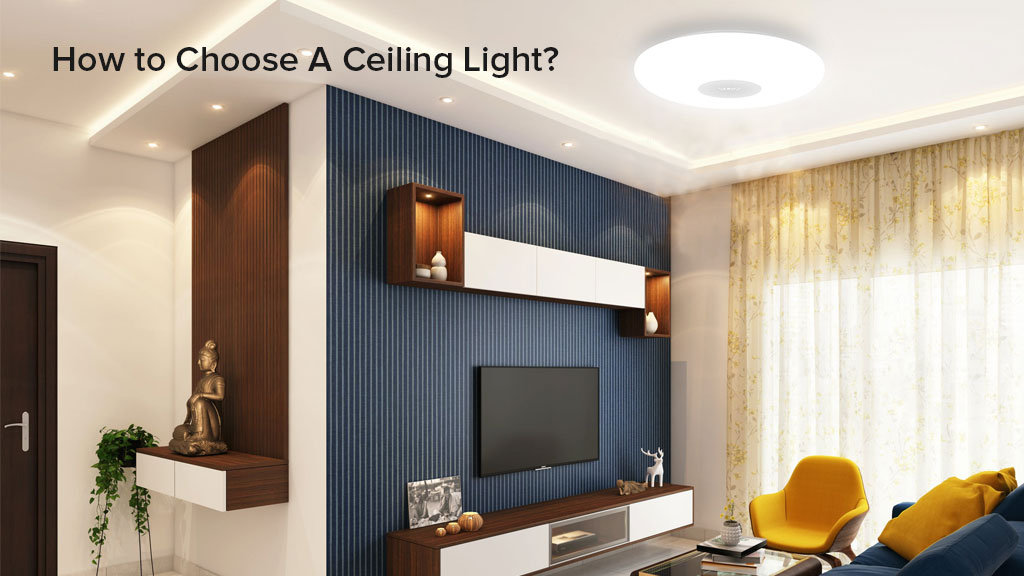How to Choose The Power of Your Grow Light?
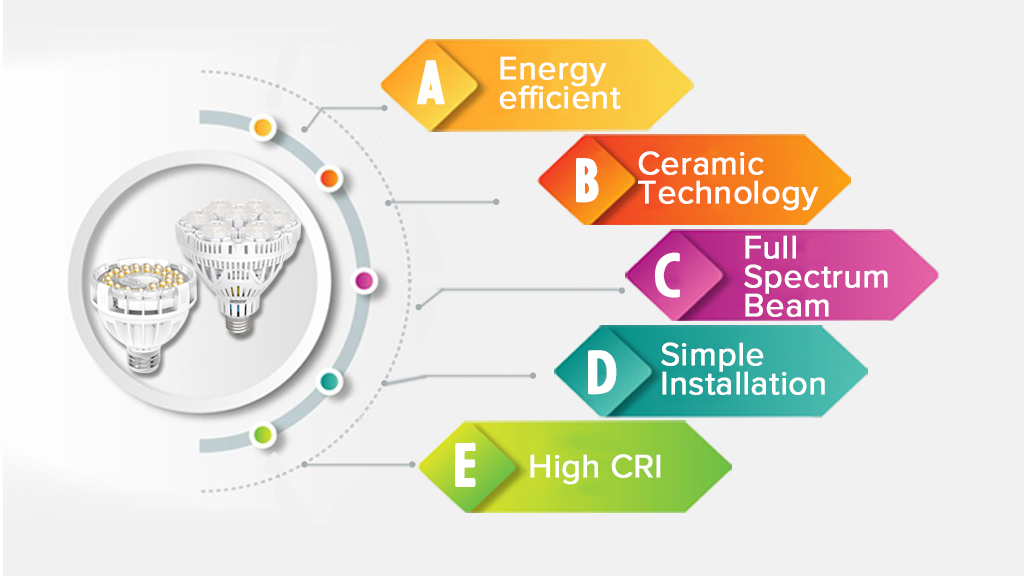
Selecting the power of your LED Grow Light can be an issue. This is because when it comes to indoor grows there is a number of variables. It is not just one factor that will contribute to your plant’s growth. There is a number of factors to look into when purchasing your grow light and selecting its power (Wattage).
What Type of Plants You Have?
When it comes to indoor grows the first thing to figure out is what type of plant you have. Once you know what plant you have it can be outlined as one of the 3 types of light requiring groups:
High Light Plants
High light plants require strong direct light for most of the day. Their light exposure is recommended to be between 14-16 hours a day. Although there is a wide variety of high light plants, here are a few common high light house plants:
| Garden Croton | Norfolk Island Pine | Cactus |
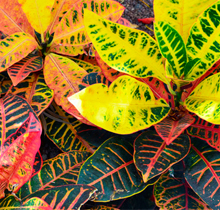 |
 |
 |
Medium Light Plants
Medium-light plants require about 6-7 hours of light. Some really popular indoor medium light plants include:
| African Violet | Moth Orchid | Boston Fern |
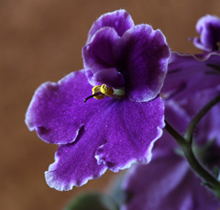 |
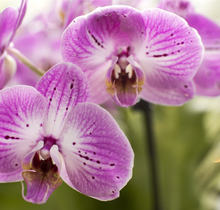 |
 |
Low light Plants
Low light plants really do not need much exposure to light, making them really easy to look after. They’re great office and house plants if you don’t have much time to care for them. Some popular low light plants are:
| Sansevieria | Philodendron | Chinese Evergreen |
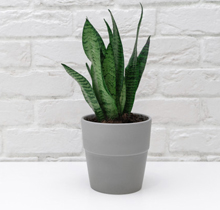 |
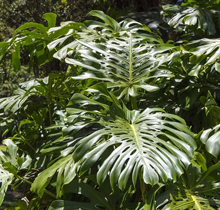 |
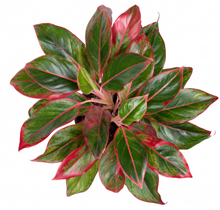 |
Once you have discovered how much light exposure your plant needs, there are some other factors to consider.
The Impact of Watts on a Plant
The measurement of Watts has become synonymous with LED grow lights. However, it seems to be a measurement that has too much emphasis. For optimal growth, you want to replicate the plant’s natural habitat as much as possible. As a rough estimate for using watts and plant growth:
Low light plants: Will flourish under 5-10 Watts per square foot
Medium light plants: Anywhere around 15Watts per square foot should be okay. However, more Watts may speed up the plant’s growth.
High Light plants: 20W per square foot or more will encourage growth and flowering.
What is the problem with Watts?
Although Watts is usually used by customers to gauge how much light will be put out when it comes to Grow Lights this is not the main factor to consider. Especially when it comes to LED grow lights the Wattage becomes less important as they are more energy-efficient than traditional grow lights. Meaning they consume less energy using a lower wattage but maybe produce a more powerful beam. Making it almost impossible to know how many watts you will need.
If you are looking for LED grow lights there are more important factors to look into about the light such as the wavelengths being produced, their color spectrum and the PPFD measurement the light is outputting at various heights.
What Range of LED Grow Lights Do I Recommend?
I will recommend a range of LED grow lights as they will have various wattages for each person to choose depending on their grows.
As for recommending a brand of LED Grow Lights, I would recommend SANSI grow lights. This is because they have a very wide range of grow lights for all types of indoor growing options. For this blog, I will suggest their smaller lower wattage options, as the people who seem to worry about the Wattage of a grow light tend to be more interested in lower wattage lights.
For my indoor gardening recommendations, SANSI’s 10W and 36W grow lights are my top picks.
| Wattage | Beam angle | Luminous flux | CRI | Spectrum | Lifespan hrs | Base | Warranty | |
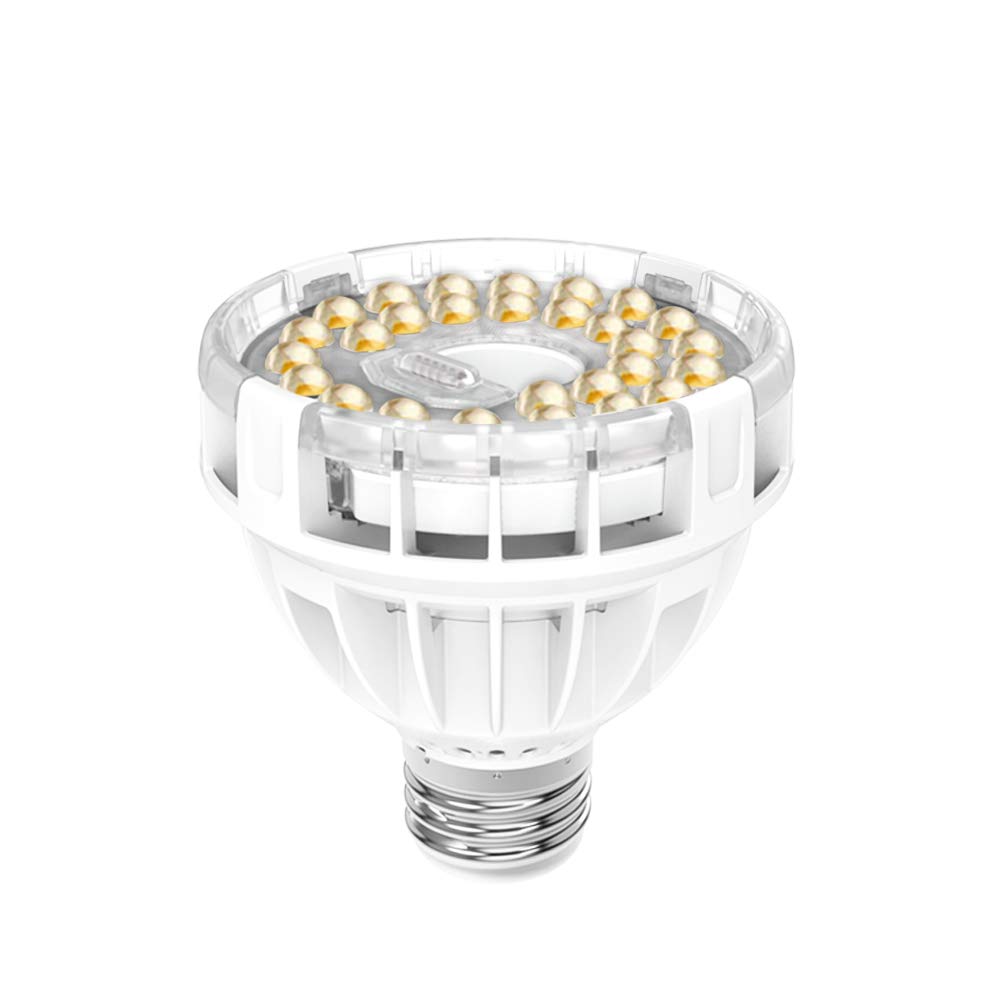 |
10W | 60° | 900lm | 95 | Full-spectrum | 25,000 | E26 | 5 years |
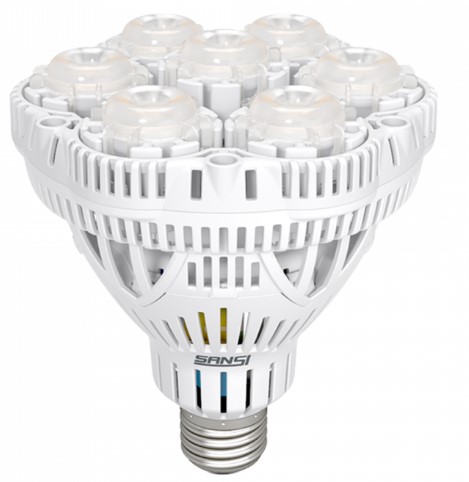 |
36W | 60° | 2680lm | 95 | Full-spectrum | 25,000 | E26 | 5 years |
The reason I chose these two bulbs was that they’re both home and office-friendly grow lights. Their E26 bases make them available to be put in any fixture and they’re incredibly small and lightweight. As you can see from the table each bulb has a high lumen output, 10W-900lumens and the 36W-2680lumens respectively.
The key feature about both of these bulbs though is their beam. They both produce full-spectrum beams whereby each LED chip emits a mixture of wavelengths in order to replicate natural sunlight. Full-spectrum beams are fantastic for all types of plants that require any sort of exposure. Due to the fact these lights produce a beam that is very close to natural daylight, they’re effective for each stage of the plant’s growth. Furthermore, in relation to the beam as it is so close to being natural daylight, the CRI of both of these bulbs is 95, which is incredibly high. Meaning you will be able to better observe the growth of your plant and also have a very natural background light within your home or office!
If you would like to purchase either of these bulbs you can follow the link here:




